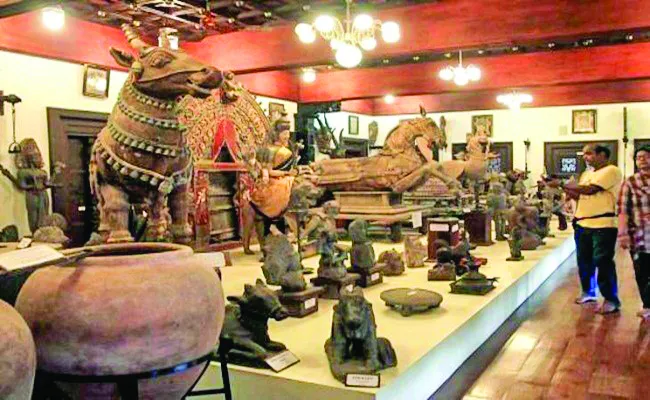The Burdwan Estate may not ring a bell today, but it was a princely state in British Raj Bengal that was established in 1657 by a Khatri merchant-prince from Punjab named Sangam Rai Kapoor. Emperor Shahjahan apparently owed a favour to the dynasty’s founder, so he gifted him the principality and at the peak of its glory, its sphere of influence extended across 5,000 sq km covering the present Burdwan, Bankura, Howrah, Hughli, Medinipur and Murshidabad.
Burdwan’s claim to fame, however, is not its history, but for publishing India’s first printed cookbooks written for a mass audience—Pak Rajeswar and Byanjon Ratnakar—in 1831. The cookbooks, printed by Maharaja Mahtab Chand, who ruled from the 1830s to the 1870s, are notable for the absence of potatoes and tomatoes, cabbages and cauliflower, which are used extensively today in Bengali kitchens.
Interestingly, the cookbooks also do not have the recipes of two signature desserts of Burdwan, namely, mihidana and sitabhog. Still, there’s plenty going around for a dinner, curated by the inimitable Pritha Sen, to be laid out on Saturday evening at the Labnurnum, Gurgaon, home of vintage and classic car collector and fine wine aficionado Rajiv Kehr and Nisha Mahtab Kehr, a descendant of the Burdwan royal family. I am salivating at the thought of digging the Mahi (fish) Shammi Kababs, brinjal bharta with paneer and boiled eggs (Vartakur Shirazi Bhorta), freshwater rohu (Rohit Matsyer) Shirazi, duck cooked with chickpeas (Hansh Diye Buter Qaliya), and Hussaini kababs served in a gravy.













